The National Football League held its 2024 Annual League Meeting between March 24 and March 27 in Orlando, Florida. League officials, team owners, and other representatives attend these meetings where they discuss and vote on proposed league bylaws, resolutions, and gameplay rule changes.
Many times these rules affect business operations, and the effects are rarely seen directly by NFL fans on their TV screens. However, one of the more hotly debated proposals, a change to how kickoffs are executed, was approved. This means the 2024 NFL season will look drastically different.
How Will Kickoff Be Different for the 2024 Season?
Regular viewers of football know that kickoffs happen in two situations: at the start of a half and after a team scores. That will remain the same, but things get a little more complex from there to explain.
Kicking Team
Kickers will kick the football from their usual spot, the 35-yard line. But, the 10 coverage players of the kicking team line up further downfield, at the opposing team’s 40-yard line, with five players on each side. This means that the kicker won’t be flanked by his teammates, and there will no longer be a running start, something that was a hallmark of kickoffs until now.
Receiving Team
There are now 2 designated zones on the receiving end of the field: a “set-up zone” and a “landing zone.” The set-up zone is between a receiving team’s own 30-yard and 35-yard lines. The landing zone is between the goal line and the 20-yard line. The team receiving the kick can have at least 9 players in the set-up zone. At least 7 of these players must have a foot on the 35-yard line. Up to 2 returners can position themselves within the deeper landing zone.
Key Points
No player, except the kicker and the returner(s) in the landing zone, can move until the ball is either caught or hits the ground. This eliminates those high-speed collisions at the start of the play.
Fair catches are no longer allowed. This was when a returner would raise his hand to indicate he intended to catch the ball but would not attempt to run forward. The kicking team was also not allowed to tackle a returner who signaled a fair catch.
Onside kicks have not been eliminated. Instead of kicking the ball deep downfield to the receiving team, the kicking team uses this strategic move to attempt to regain possession of the ball after it has traveled 10 yards. The new rules stipulate, however, that onside kicks can no longer be a surprise. Teams must declare in advance that they are going to perform an onside kick. Also, they can only be performed during the 4th quarter, and each team will only get two onside kicks per game.
Ball Placement
A kick landing in the end zone (on the fly or after a bounce) or going out of bounds anywhere on the field before the end zone results in a touchback. The ball will be given to the receiving team at their 30-yard line.
If the ball reaches the landing zone and is caught or hits the ground, it’s a live ball. The returning team must attempt a return. If the kick goes out of bounds before reaching the landing zone, the receiving team gets the ball at the 40-yard line.
Why Is the New Kickoff Being Implemented?
The NFL is trying to address two things simultaneously with this new style of kickoff. First, is improving player safety. Kickoffs have historically been one of the most dangerous plays in football due to the high-speed collisions between the kicking and receiving teams. The new rules aim to reduce these high-impact plays by having the kicking team’s coverage line up further downfield, preventing those initial full-speed crashes.
Secondly, the NFL is trying to increase the number of returns. In recent years, the number of kickoff returns has significantly declined. During the 2023 NFL season, the kickoff return rate was a measly 22%! Many teams opted for a touchback, where the ball goes out of bounds in the end zone, rather than risk their newly regained possession on a return. The elimination of fair catches, also routinely common, means that teams are encouraged to actually return the ball. This could lead to more exciting plays and potentially even more scoring opportunities.
For those who watched the now-defunct XFL (a former minor league that recently merged with the USFL to create the United Football League or UFL), this style of kickoff was the norm during those games. Data from the XFL’s last season shows that, compared to the NFL, the XFL had more returns per game, as well as fewer kickoff-related injuries. Time will tell if those same statistics will carry over to the NFL.
Who Voted On These Changes?
The new NFL kickoff rule wasn’t implemented by a single person, but rather by a collaborative effort. The NFL Competition Committee is responsible for proposing rule changes to improve the game. They likely researched injury data, studied kickoff trends, and considered feedback from players, coaches, and fans before formulating the new rule.
Ultimately, the NFL owners have the final say on rule changes. The Competition Committee presented the proposal to the owners at the Annual League Meeting, and it was reportedly approved by a vote of 29-3. So, while there isn’t a single person to credit, the NFL Competition Committee played a key role in proposing the rule, and the NFL owners voted to implement it.





